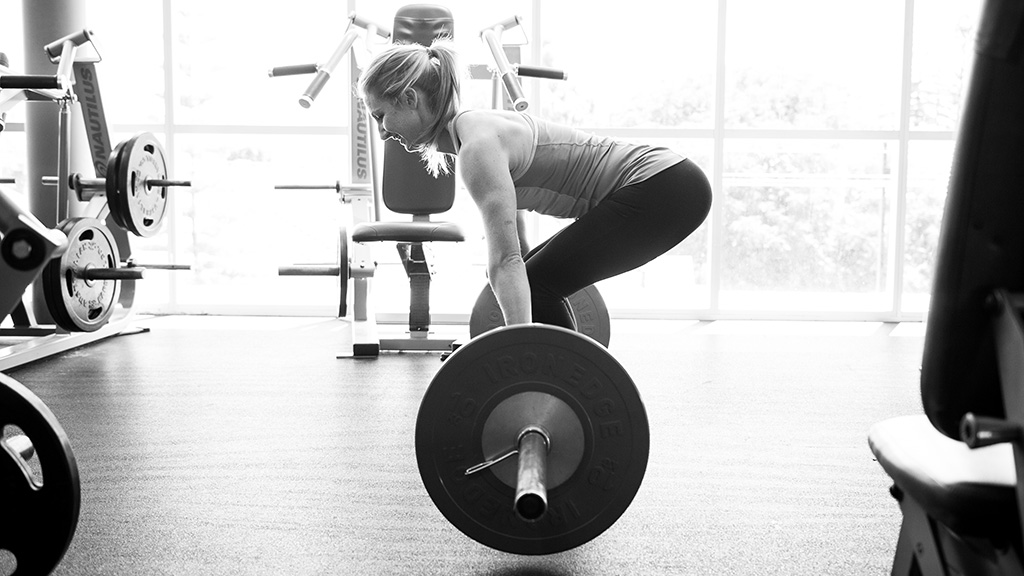The deadlift is a fundamental movement that should be familiar to everyone. It is classically a weight training movement that involves picking up a barbell (most commonly) from the ground and standing up with it, bringing the bar to hip level. There are various ways to perform the deadlift by changing things like stance width, grip width, height of the bar, object used, degree of knee bend etc. Regardless of the variation used or object lifted, the same principles apply for all deadlifts. A deadlift will put your spinal mechanics and movement habits to the test, which is why it is such a good movement to perfect.The purpose of this article is not to teach you how to deadlift or to go in depth on technique/mechanics…it is to discuss the importance of the movement and why everyone should know how to deadlift and practice doing them. The deadlift is a key movement for spine health and longevity.
So why can there be such a negative connotation associated with deadlifts, especially in the healthcare/rehab world?
It is common for patients to tell me that they were specifically instructed to never deadlift by their Physio, Doctor, Chiro, friend etc. especially when dealing with low back pain or a previous low back injury. This is a huge red flag and false in 99% of cases, which I will get into later. It might be because the term ‘deadlift’ is intimidating. It might also be the fact that deadlifts can be responsible for low back injuries or pain (when done with poor mechanics), or because when you walk into many gyms you see them being performed poorly half the time. Ultimately, it is not the deadlift that is the cause of back injury or pain, it is the way you perform the deadlift. It is the best back exercise when done right and the worst when done wrong, but it is probably the most important exercise to learn for the health of your back/spine. The key is, it is the quality of the movement that matters. If you follow the rules and abide by basic spinal mechanics, the deadlift is very safe and will get you the most bang for your buck. It will save you from further back pain or injury by providing a schema for proper lifting, and a reserve tank of strength to draw from in real life.
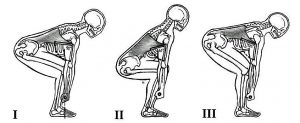
The fact is, as humans we must lift objects up off the ground each day (ideally without hurting ourselves). The object does not matter, it can be a barbell, kettlebell, bag of groceries, case of beer, your child etc. This is what a deadlift is…lifting an object up in the most efficient way possible while keeping our low back neutral, putting us at the least risk for injury. It is being able to load our hips fully by using our large posterior chain muscles, and keep our lumbar spine stabilized while performing the lift. It is being able to hinge at the hips and not at the low back when setting up to lift the object. Mechanics aside, the term ‘deadlift’ can be replaced with the word ‘lift’ for the purposes of this article – it’s the same thing. In many cases, the person with the back injury actually sustained that injury by having poor deadlift mechanics day to day in the first place. So why would we ever want to avoid practicing good deadlift or lift mechanics with this person? Avoiding deadlifts would be the worst thing a person could do in this case. By not giving this person a strategy to pick up weights or objects from the ground with good spinal mechanics, we are doing them a disservice and increasing their risk for future pain and injury.
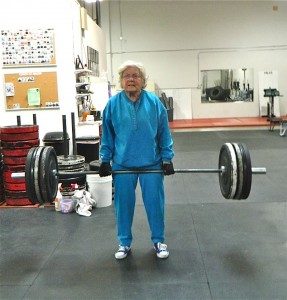
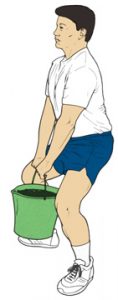
As with any movement or exercise, the motor pattern itself must be practiced and perfected before further load is added to it. In the case of the deadlift, everyone should know how to perform the movement – the choice is yours to continue to load it with more weight. By loading it further (ie. at the gym), a stress response is created in the muscles being used, and the motor pattern is further ingrained. By strengthening a motor pattern such as the deadlift, you are creating a larger buffer zone to work with. You are creating a more resilient body, able to deal with the everyday loads encountered with ease. If you can demonstrate a safe and effective deadlift with an 150lb barbell for example, then the case of beer you are lifting poses no threat whatsoever to your spinal integrity under load.
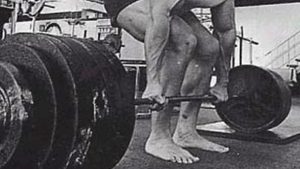
Overall, every movement performed in a training, rehab, or a gym setting should be done with proper execution and good mechanics. A deadlift is no different. Deadlifting poorly is a major risk factor for low back injury, whether its with a barbell in a gym or lifting your child up off the floor – it’s the same thing. When told to avoid the deadlift, we are being told to avoid practicing safe lifting mechanics. This not only leads to fear avoidance, but creates further dysfunction by not addressing movement habits that often lead to injury in the first place. Learn good movement and practice good movement, it will save you from pain and injury.
Mike


